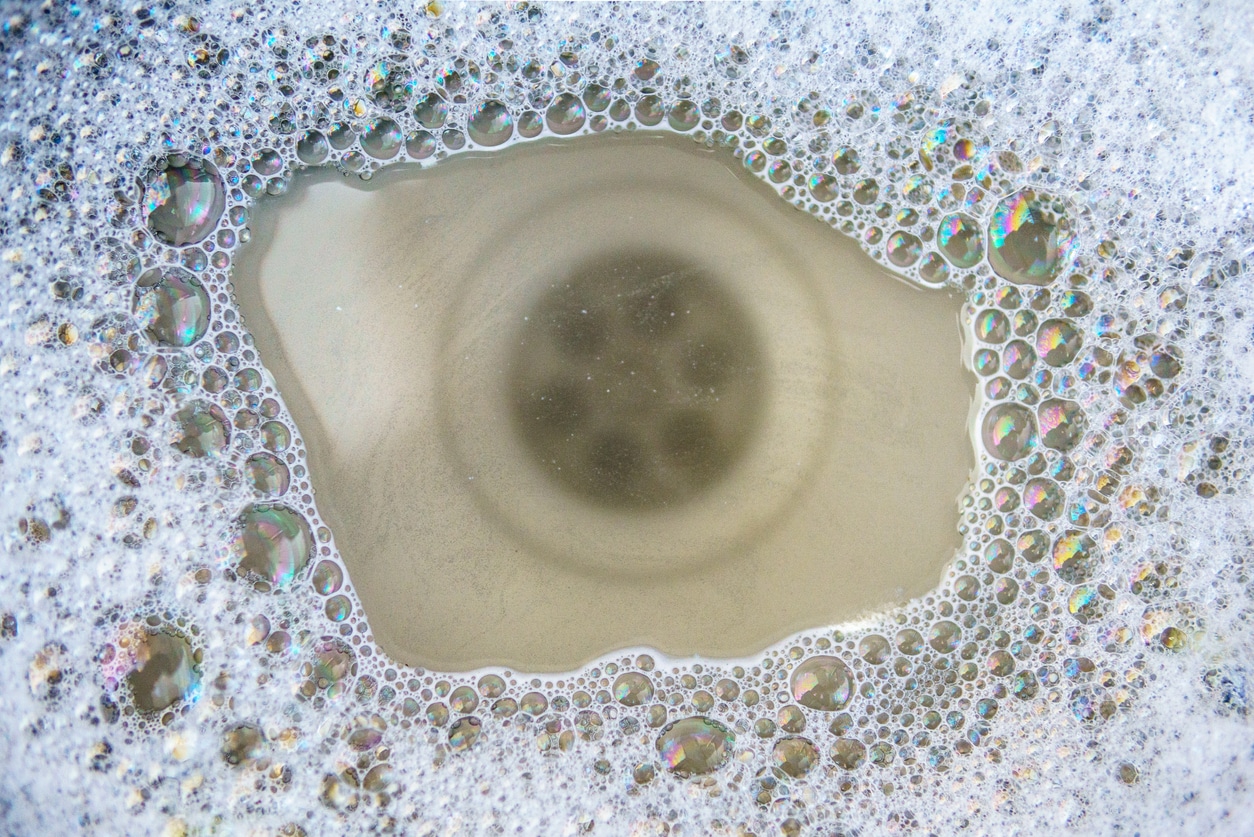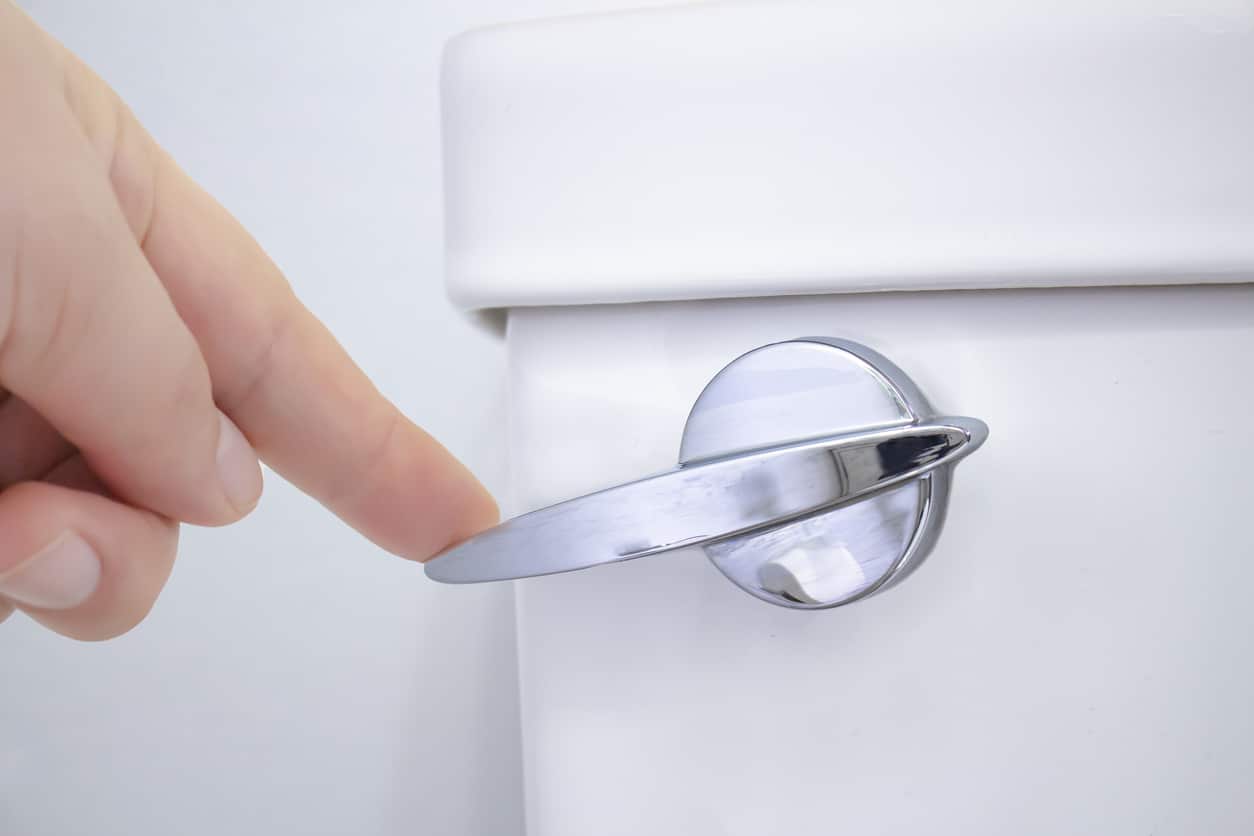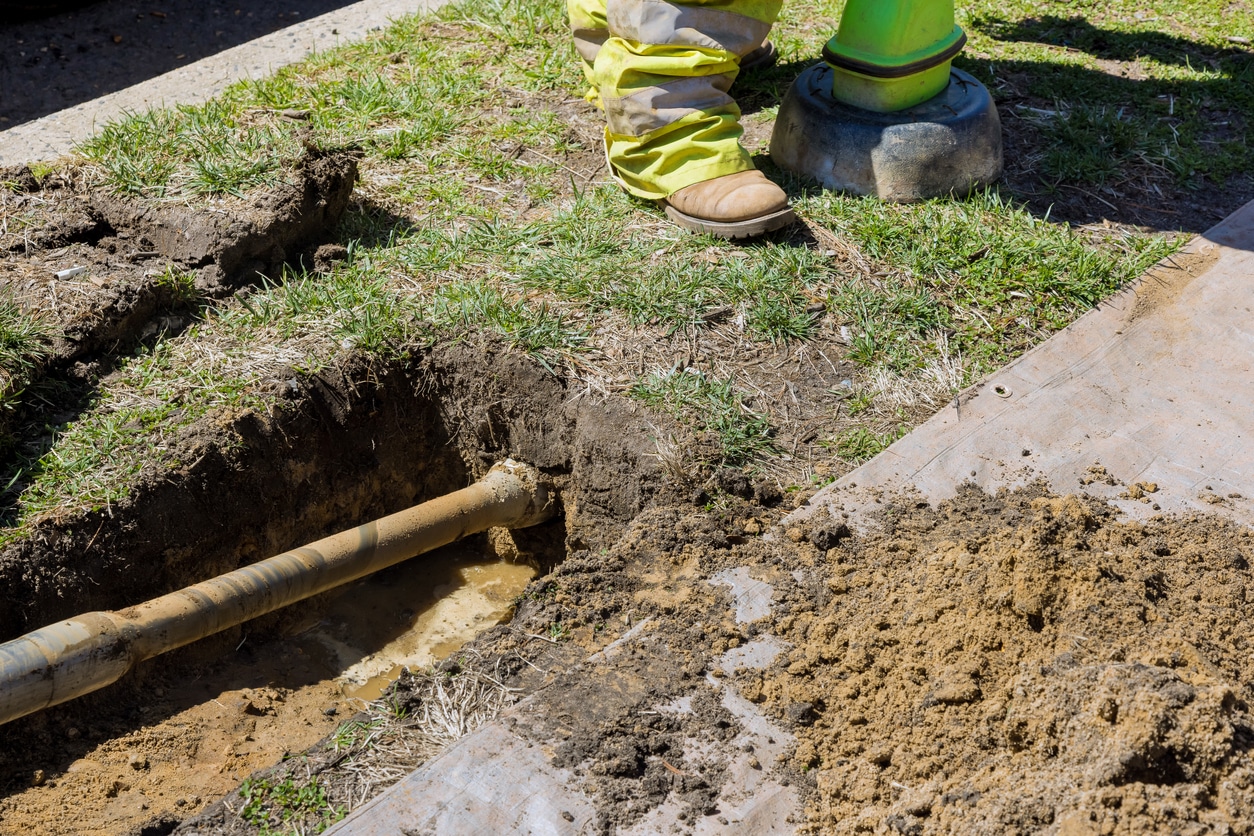St. Louis

$125 off
Water Heater or Water Quality Installation
Offer Valid until 4/30/2025. Discount not valid on previous service or installation. Cannot be used for service fee or combined with any other offer. One discount per household.
St. Louis faces aging sewer challenges. Traditional repairs disrupt landscapes and budgets. Trenchless technology, minimally invasive with techniques like pipe lining, offers efficient and eco-friendly solutions. This advancement promises to restore functionality while reducing environmental and societal disruption.
Table of Contents
- Common Issues and Causes Of Sewer Backup In St. Louis.
- Signs Of A Sewage Backup
- Dangers Associated With Sewage Backups
- Steps To Take When A Sewer Line Backup Happens
- Tips For Preventing Future Sewer Backup In Basement
- Causes You Can Control To Prevent Sewer Backup
- Conventional Solutions and Drawbacks
- Trenchless Sewer Lining Alternative For Sewage Backup Cleanup
- Environmental Considerations of Trenchless Methods.
- Importance of Professional Assessment.
- FAQs
Common Issues and Causes of Sewer Backup in St. Louis

Any number of issues can cause sewer backups in St. Louis:
- Clogs: From mineral deposits to hair to waste, clogs are usually the result of weeks, months, or even years of buildup.
- Cracks: Sewer lines crack from tree roots, ground movement, or physical trauma (e.g., by a shovel while digging).
- Heavy rains: In older properties, major rains can cause the system to back up.
- Corrosion: While the corrosion rate will depend on the material of the pipe, no material is immune from wear and tear.
While clogs are the most common reason, it’s important for homeowners not to jump to conclusions. You may rely on liquid drain cleaners as the solution, which can complicate rather than solve the problem.
Signs of a Sewer Backup
While it may not be pleasant at the time, a sewage backup will usually make itself known to the homeowner. It’s a curse in the short-run but a blessing in the long-term. The faster you respond, the less money you will spend on the problem. Here are a few common indicators of a sewer backup in St. Louis:
- Odors: We think of sewer odors as stereotypical foul scents, but they can also manifest as mold or mildew. Knowing how your home smells is important, mainly if your drains are in a rarely-used basement.
- Gurgling: If there’s air trapped in the pipes, they’ll make a bubbling sound as the water or waste moves through the pipes.
- Overflow: If your toilets or drains begin to overflow with sewage or you see solid sewage in puddles near the drains, your sewage lines are likely backed up somewhere along the way.
- Foundation problems: Sewage lines can damage your home if the soil shifts enough. This expensive problem is one of the worst types of property damage from a sewage backup, so it’s important to find a fix before it worsens.
Dangers Associated With Sewage Backups
The most obvious danger is the health hazards associated with raw sewage. Far more than nose-bending odors, exposure to sewage can cause fever, cramps, headaches, or weakness. This is because the germs in the sewage can work their way into your system through the air, so it’s important to address a backup immediately for everyone’s safety. If you or anyone in the family is experiencing signs of illness without apparent cause, a plumber helps you rule out air contamination from sewage buildup.
Homeowners also need to worry about the potential property damage of a sewer backup. Not only can water damage infuse practically everything the sewage touches, but you may have to deal with a crumbling foundation or mold exposure for an ongoing backup. Finally, sewage can attract pests to your property, including mosquitos. You’ll need to fix your sewer to avoid everything from illness to infestations.
Steps To Take When A Sewer Line Backup Happens

If your sewer line backs up in St. Louis, we recommend the following:
- The water supply: Usually, the shut-off valve is where the water line enters the home. This prevents the backup from getting any worse.
- Don’t use your drains: If at all possible, avoid using any of the drains or toilets in the home.
- Protect yourself and your home: Use rubber gloves, rain boots, and a mask to avoid contact with sewage, and open the doors and windows to dilute the air. Lay down towels to keep it from seeping into the home’s other rooms.
- Call a plumber: Tell them everything that happened and take photos or videos to help clarify the problem.
Tips For Preventing Future Sewer Backup In the Basement
To prevent a future sewer backup, we recommend the following:
- Regular drain cleaning: Besides watching what you flush or pour down the drain, it’s essential to use a drain snake to remove debris regularly. You can also rely on commercial drain cleaners, though using these too often can corrode your pipes faster than you might like.
- Regular sewer inspections: The tree roots will always make their way toward the nutrients in the sewage line, and they can sneak up on you quickly. Of course, this is just one thing that a sewer inspection will check for. Make sure a plumber goes through the entire system for signs of trouble.
- Update your sewage system: Old systems wear out over time, so they may not be able to handle the extra pressure from the rains (or even if you happen to have a few extra guests staying in your home). On average, wastewater pipes are 45 years old, and the average lifespan is between 50 and 100 years[1].
Causes You Can Control To Prevent Sewer Backup
Now that you know the common signs and prevention tips, taking stock of what you can control within your environment is essential to controlling and containing a sewage line backup. For instance, you may want to reevaluate how you dispose of grease in the kitchen, ensuring it’s all carefully thrown into the trash instead of accumulating in your drain.
You may want to learn more about what the pipes are made out of so you can brush up on how long they last and what the threats are. For example, PVC pipes are generally considered durable materials, but they can start to crumble if they’re in cold temperatures. If you’re looking for a sewer pipe lining in St. Louis, this research can also help you understand how that lining will protect your systems, home, and health.
Or you may want to schedule tree root trimming regularly, carefully removing the danger before it can creep over to your sewer lines. One of the smartest steps to control your sewer backups is working with a reputable plumber; one takes proactive steps rather than just cleaning up messes[2].
Conventional Solutions and Drawbacks
Conventional solutions to sewer backup will depend on everything from the home’s location to the backup’s severity. For instance, if the problem is in a single location near the surface, it may not be a major repair or disruption to the homeowners.
However, it usually means excavation if you need to replace your complete sewer lines or require extensive repair after a backup. In addition, because these solutions can impact the neighborhood’s water supply, you’ll need the city’s full cooperation. Extensive digging on a property can damage anything from your lawn to your tree roots to the physical structure. As you can imagine, traditional solutions can also take longer to complete and cost more than you want to pay.
Trenchless Sewer Lining Alternative For Sewage Backup Cleanup

A more modern solution for a sewage backup is trenchless sewer pipe lining. This service limits the digging a plumber needs to do, so it costs less and poses less disruption to the residents[3]. Plus, it’s far faster than traditional services. Trenchless sewer repairs are not a one-size-fits-all solution. Sometimes, you’ll need them to patch a small part of the pipes in a remote area.
Other times, you may need them to replace long stretches of pipes. Regardless of how your sewer backs up, a reputable plumber can tell you more about the methods that keep your sewers functioning properly.
Environmental Considerations of Trenchless Methods
Trenchless methods reduce soil disruption, which means plumbers won’t have to disturb the natural habitats of plants and wildlife in the area. They use less machinery and fuel consumption and generate less waste, reducing your carbon footprint and landfill contributions.
Because trenchless repairs will only need small spaces in the ground to complete the job, you can preserve your landscape without compromising on the quality of the repairs. After it’s complete, a plumber will line the sewers to prevent further ground or water supply contamination. Sewage backup cleaning will always be a little messy, but trenchless methods can cut back on the disruption.
Importance of Professional Assessment
Assessing the problem independently is understandable, especially if you’re working with a limited household budget. However, if you make a mistake during your diagnosis, it will lead to more expensive repairs. A plumber will do more than just look at your drains.
They will use a camera system to check all along the pipes, determining if they can handle the pressure. Homeowners should understand how their systems will work under everyday stress and react to anything from a major storm to a holiday party. Finding yourself in the middle of a sewage backup isn’t just bad for your health; it’s bad for the home’s structural integrity.
Sewer Back Up FAQs
The germs from raw sewage can lead to fever, headaches, or nausea. The moisture or cracks in the sewer pipes can lead to mold, water damage, or foundation problems. It’s important not to sleep on a sewer repair if you have a backup.
No. Trenchless sewer lining can fix many common sewage issues but cannot replace collapsed or severely displaced pipes. If your backup is due to a clog, root intrusion, or corrosion, chances are sewer lining can help.
We recommend a full sewage line inspection with a camera at least once a year. The examination should include a camera inspection, revealing how everything from tree roots to debris to corrosion impacts your sewer system.
Practicing good habits at home is the best way to prevent a sewer backup. Watch what you and your family flush or drain to prevent backups, and clean your drains regularly. You should also schedule regular inspections of your system to ensure it’s functioning at peak capacity.



